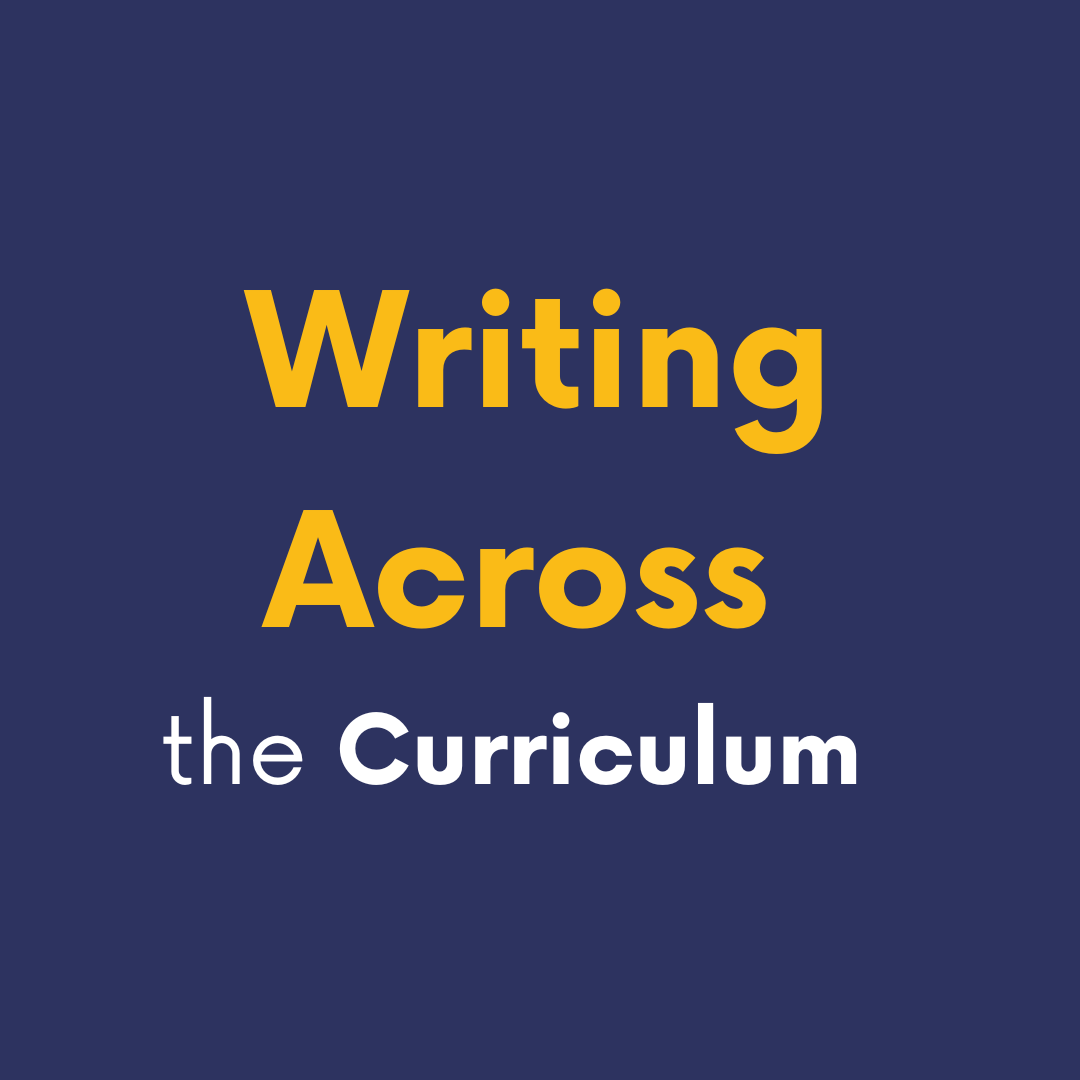This Semester-Long Project from an upper-level Kinesiology course is an example of how educators, especially in the health sciences, can promote students’ thinking about their target audience and subsequent audience-appropriate voice. The project includes four progressive steps: 1) group, topic selection, and target audience selection, 2) individual review of 2 research articles, 3) group presentation, and 4) individual reflection on the entire project process and the presentation itself. Reconsidering the assignment with a linguistic justice lens included the addition of “audience and purpose” statements to each step, which encourages students to practice recognizing, making choices about, and exploring their voice when communicating based on the audience, context, and purpose of their communication. (Information on the audience and purpose statement are highlighted in the document included below.) Because each step has a different audience and purpose, students practice engaging grammar and mechanics in rich social contexts, working to become rhetorically savvy writers. Note that this information builds on a week 1 discussion about the different types and purposes of writing (e.g., writing to learn, writing to inform, writing to persuade) and the different language choices we make to communicate with our unique and diverse voices. Thus, these instructions act as an intermediary step, reminding students to think about their audience and purpose.
Whitney Moore, Kinesiology
Overview of the Approach that informed the “Audience & Purpose” Statements for Each Step
Step 1 is for students practicing expressing their voice for a writing activity that is
- low stakes,
- less formal/academic voice, and
- the focus is on the content shared.
Step 2 is practicing expressing their voice in a written activity that is
- higher-stakes,
- more formal/academic voice, and
- content is still more important than writing mechanics.
- Mechanics that detract from understanding the content – particularly when repeated – will result in detracting points.
- Ceiling is 2 out of 20 points.
- The purpose of the activity is informing another professional (the instructor) first about the research articles and second about the application of the research article material to the final presentation.
Step 3 is practicing expressing their voice in an activity mimicking a 12-minute oral presentation that is:
- higher stakes,
- persuasion takes balancing more formal/academic communication with describing research at level of the selected target practitioner audience, and
- engagement of audience in topic.
- The purpose of the activity is persuading the group’s selected target practitioner audience (e.g., PT, OT, PE teacher, S&C Coach, sports coaches) about research-informed strategies to address a challenge of the practitioners (e.g., clients’ at-home exercise adherence, increase intrinsic motivation or self-efficacy, helping individuals’ overcoming exercise barriers).
- Synthesizing research to support need and recommendations.
- Educating the audience by engaging them in strategies they could implement into their interaction with clients, patients, athletes, or students.
- Slide design is important to facilitate audience engagement (3 of 65 points)
- Need to cite research and/or theory supports
- Citation options covered in class that do not detract from the material
Step 4 is practicing expressing their voice in a writing activity that is
- low stakes
- less formal/academic voice, and
- the focus is on the content shared through self-reflection.
- Prompts are provided to help guide the students in reflecting on the design of the class related to the project, their semester-long process on the project, their group working together, their presentation itself, as well as their overall class experience.
